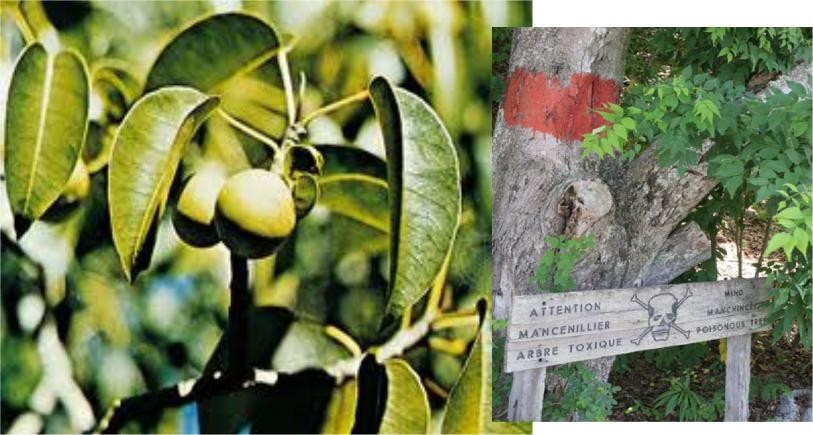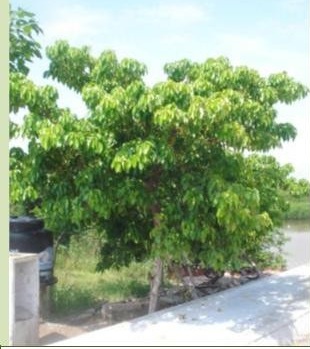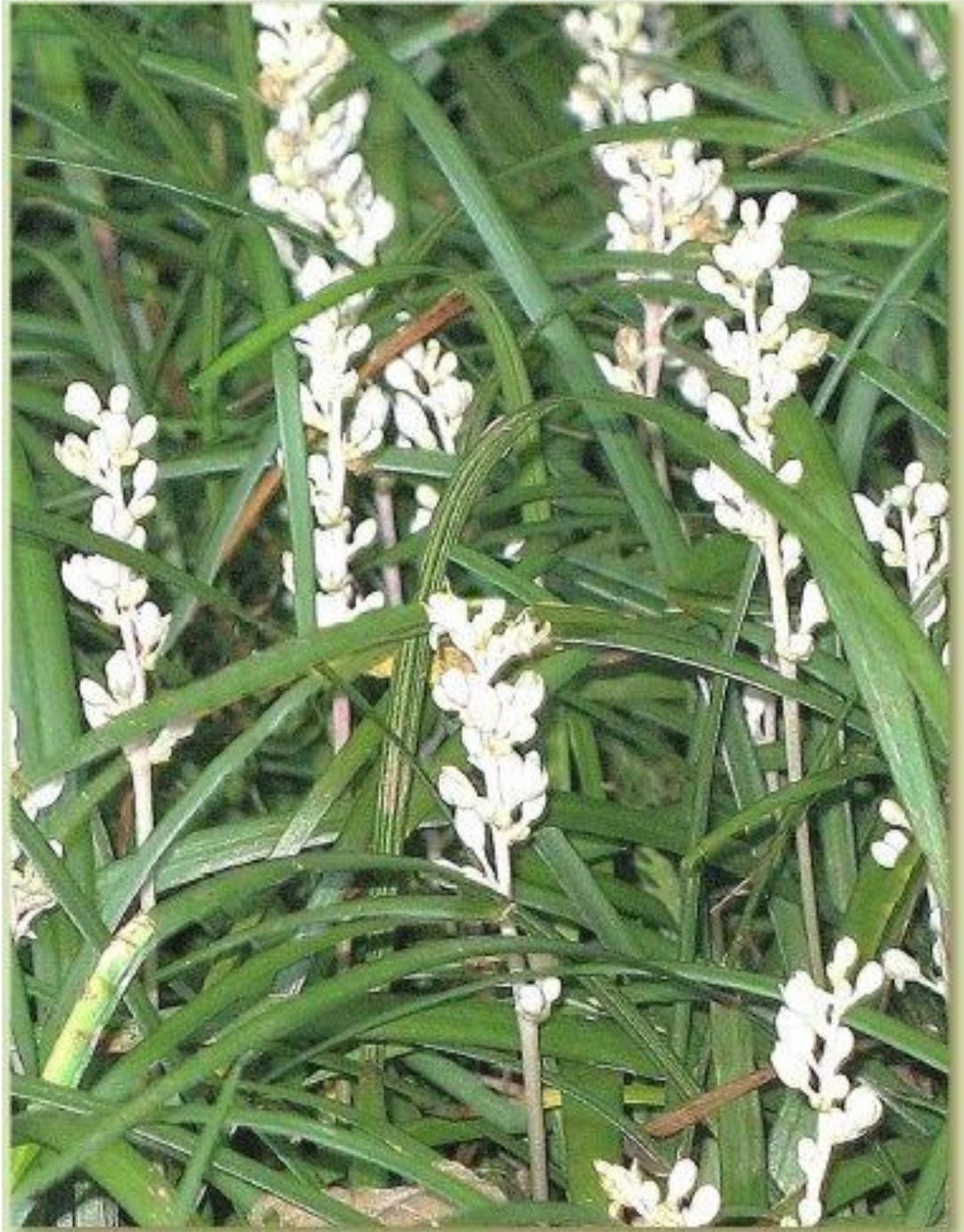By Terry Sovil from the October 2010 Edition

The Correo de Manzanillo newspaper ran an article 13/Sep confirming the authenticity of a local tree as a Manzanillo tree. Howard Platt identified it as a potentially interesting article.
Recently planted in the main garden in Manzanillo there was great curiosity about exactly what kind of tree it was. The task was handed to the mayor. After talking with local city employees and getting an opinion from the University of Costa Rica it appears the tree is a Manzanillo tree of the type that used to be abundant here before the encroachment and supervision of plants by humans..
Not only was Manzanillo a natural harbor but there were hardy trees that grew here providing wood for ship building and repair. The Spanish were quick to use the port as a base to explore farther west – the Philippines – and lumber was plentiful for boat building and repair. There is some speculation that says the name “Manzanillo” didn’t come from the tree but most sources seem to support that it did.
The tree has a history of its own. Called Manzanillo, Manzanilla, Manchineel or technically as Hippomane mancinella, it is known as the “tree of death” in Central America and was described as “the stick of Manzanillo that is poisonous if ingested” in 1778 by Joseff Juan Morales. In 1868 Mr. Cuevas, on expedition to the Revillagigedo Islands noted the abundance of the tree that occurs in marine and coastal wetlands. It is an excellent natural windbreak and its roots stabilize the sand preventing beach erosion. It can grow to 15 meters (49 feet), has gray colored bark, shiny green leaves and spikes of small greenish flowers. Its fruit resembles an apple and is greenish-yellow when ripe.
The name “manchineel” (also written “manchioneel”) is from the Spanish “Manzanilla” (“little apple”). In present-day Spanish the name is “manzanilla de la muerte” or “little apple of death”.
This is because the manzanilla is one of the most poisonous trees in the world..Some accounts claim that the last Manzanillo tree in Manzanillo was cut down by the governor’s order to protect citizens that may eat the attractive fruit. Others claim one tree was left near the entrance to the Port. The recent magazine article sites several still near San Pedrito beach. More are being planted to return some of the natural growth that was here before progress arrived.
Some detailed accounts say the entire tree is toxic. It secretes a milky substance during rainfall and standing under the tree during a rain may cause blistering of the skin. Burning the tree may cause blindness if the smoke gets in your eyes. The fruit can be fatal if eaten. The Carib Indians poisoned their blowgun darts with the sap and used the leaves to poison enemy’s water supplies. They used to tie victims to the tree as a form of torture. Even Columbus encountered the tree and its poisons after some of his men died after encountering it. No wonder some trees are fenced in or marked with a red “X” on the trunk.
The handling of dry manchineel wood may not be as harmful as the sap dries and cannot penetrate dry skin as easily. There is an English slang term used to describe “manchineel hands”, found in the Caribbean region. The term refers to discolored or “tainted” hands. It is thought that hands touching lips or genitals may still cause poisoning.

Eve says.
In Giacomo Meyerbeer’s 1865 opera “L’Africaine” the heroine commits suicide by lying down under the tree and breathing the vapors. In the movie “Wind Across the Everglades” in 1956 a mean hombre named “Cottonmouth”, Burl Ives, ties a victim to the trunk of a manchineel tree. The victim screams as the sap burns his skin and is found dead the next morning with a horrible expression on his face.
Download the full edition or view it online
—
Terry is a founding partner and scuba instructor for Aquatic Sports and Adventures (Deportes y Aventuras Acuáticas) in Manzanillo. A PADI (Professional Association of Dive Instructors) Master Instructor in his 36th year as a PADI Professional. He also holds 15 Specialty Instructor Course ratings. Terry held a US Coast Guard 50-Ton Masters (Captain’s) License. In his past corporate life, he worked in computers from 1973 to 2005 from a computer operator to a project manager for companies including GE Capital Fleet Services and Target. From 2005 to 2008, he developed and oversaw delivery of training to Target’s Loss Prevention (Asset Protection) employees on the West Coast, USA. He led a network of 80+ instructors, evaluated training, performed needs assessments and gathered feedback on the delivery of training, conducted training in Crisis Leadership and Non-Violent Crisis Intervention to Target executives. Independently, he has taught hundreds of hours of skills-based training in American Red Cross CPR, First Aid, SCUBA and sailing and managed a staff of Project Managers at LogicBay in the production of multi-media training and web sites in a fast-paced environment of artists, instructional designers, writers and developers, creating a variety of interactive training and support products for Fortune 1000 companies.




You must be logged in to post a comment.